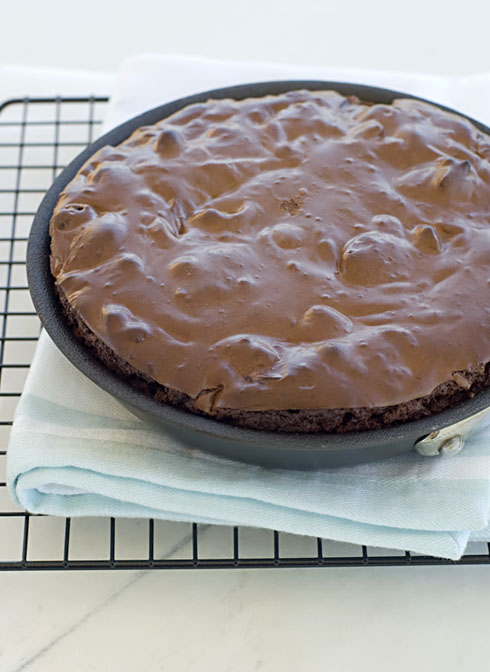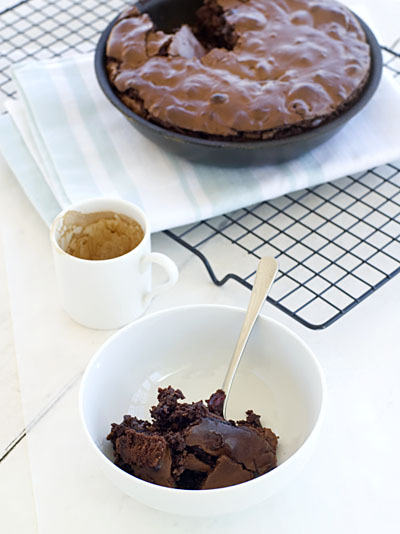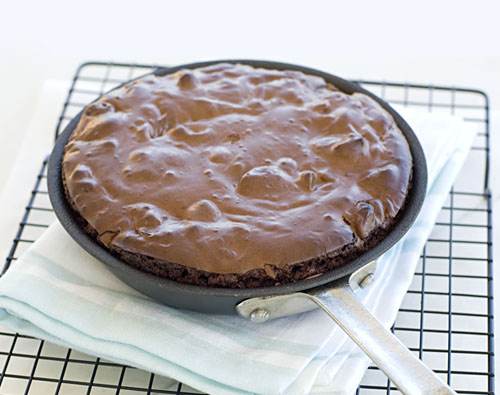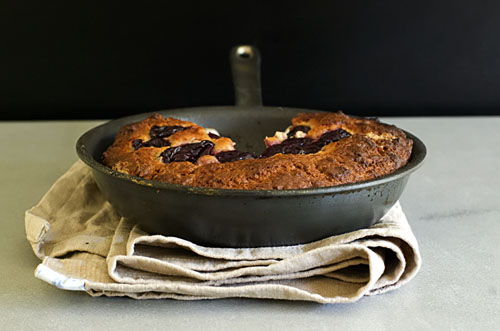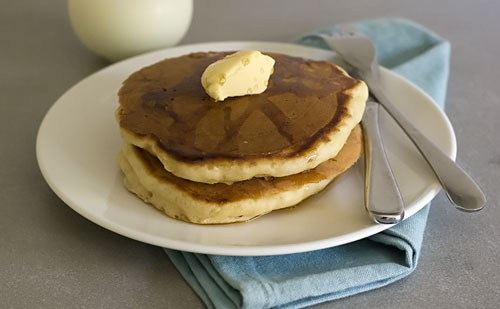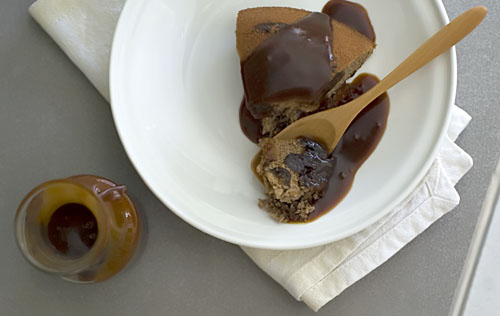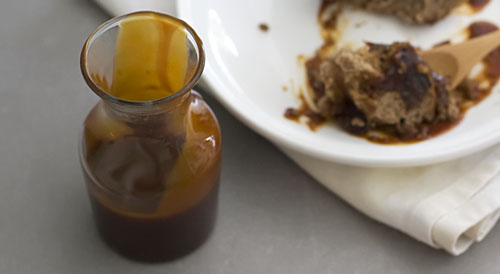Three-Milk Cake
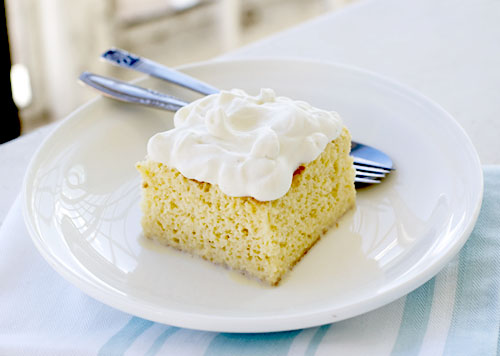
Well. It’s been awhile, hasn’t it?
I’m not sure it’s necessary to bore you with details, but since some concerned friends did actually email/text/tweet me asking if I was okay after such a long silence on my blog, I thought I owed everyone some sort of explanation.
When I left a previous job, B and I planned to travel overseas, but I got side tracked by an offer to work in a restaurant for a couple of weeks, covering the Pastry Chef’s shifts while he was on holiday. The couple of weeks turned into something like 5 months (the PC did come back, but he spent some time at the stoves, being the multi-tasking genius that he is). During the 5 months, I discovered the meaning of the words complete+and+utter+exhaustion and why a physiotherapist can be your new best friend. I also rediscovered the true meaning of teamwork. The dedication, passion and camaraderie that this kitchen team bring to the workplace every day, is incredibly unique and is what I will miss most now that I have left.
That said, it’s very exciting to finally be on holiday. We’re off to New York and San Francisco, where a lot of eating is planned and I’m looking forward to meeting up with fellow baking enthusiasts like Anna, Caitlin, Hilda and Aran.
While I reacquaint myself with my kitchen at home, here is a cake recipe I’ve been meaning to share. I made Gaitri Pagrach-Chandra’s Torta de Tres Leches a few months ago and fell instantly in love with it. So much so that I was spurred to come up with a dessert inspired by its flavours and textures. Unfortunately I don’t have a picture of this dessert, but if you ever come across it in a particular restaurant, you might recognise it straight away. It is a dish that is meant to be soothing, soft and yielding to the palate and that celebrates the flavour of milk in its many forms : milk, butter, buttermilk, sour cream, condensed milk, evaporated milk, powdered milk and yogurt all feature, as well as white chocolate. I think the end result almost comes close to replicating that sense of wonderment I got when I ate my first slice of :
Torta de Tres Leches :
(recipe from Warm Bread and Honey Cake by Gaitri Pagrach-Chandra)
Cake :
3 eggs
150g caster sugar
1 teaspoon vanilla extract
150g flour
1 teaspoon baking powder
pinch of salt
3 tablespoons milk
Milk Mixture :
200g condensed milk
125ml sour cream
150ml evaporated milk
125ml milk
Preheat the oven to 180’C. Line a 20cm (8 inch) tin with baking paper.
Use an electric mixer to whisk the eggs, caster sugar and vanilla extract until thick and pale.
Sift the flour, baking powder and salt together, then fold into the mixture. Next, gently but thoroughly mix in the milk. Scrape the batter into the baking tin and level the top. Bake in the oven for about 25 minutes, or until dark golden brown. It will be cooked through before that, but the extra browning – slight overbaking – adds to the flavour in this case.
While the cake is baking, combine the condensed milk and sour cream thoroughly. Add the other two milks and set aside.
Turn the baked cake out onto a cooling rack and immediately cover the bottom and sides generously with tinfoil. Re-invert into the baking tin so that the tinfoil lines the tin. Prick several holes in the cake with a skewer and slowly pour the milk mixture over the warm cake, from the centre outwards. Do this in three batches, allowing the previous additions to be absorbed. It will look like too much liquid, but don’t be alarmed : the cake will soak it all up. Leave to cool. Chill until ready to serve.
Tags: cake, condensed milk, evaporated milk, sour cream, vanilla

